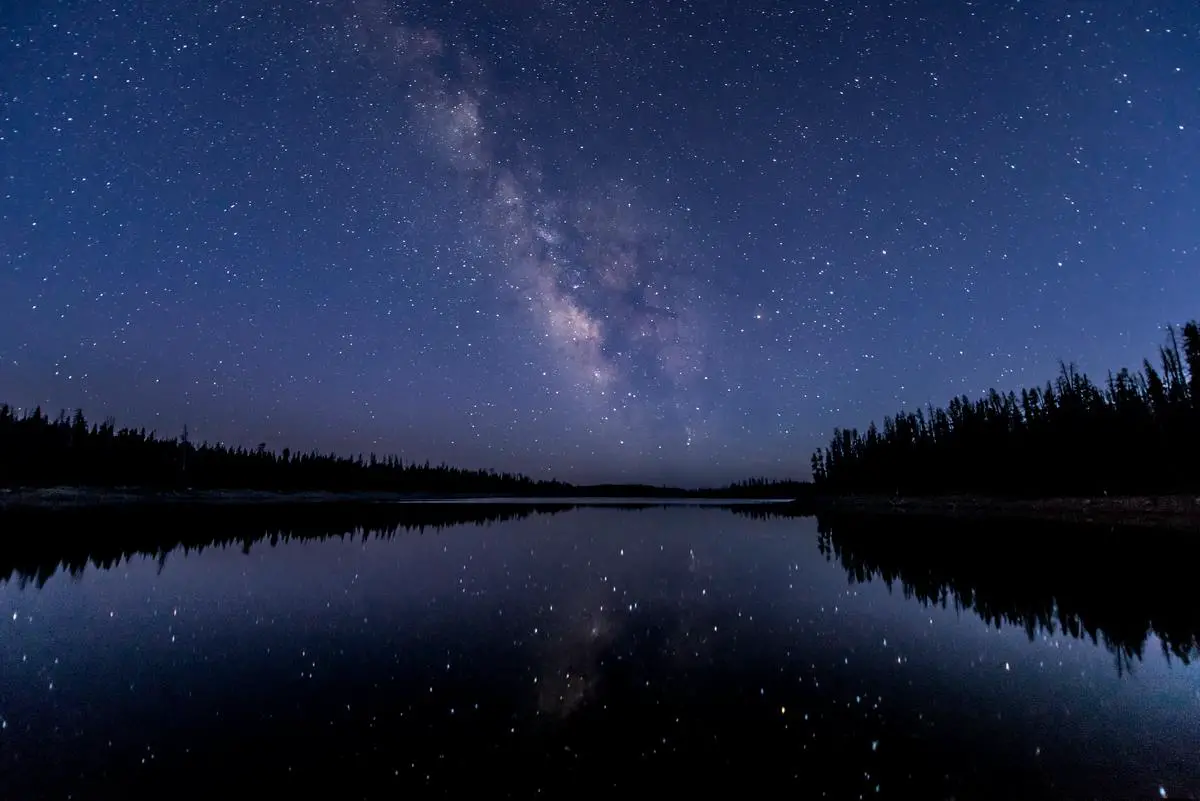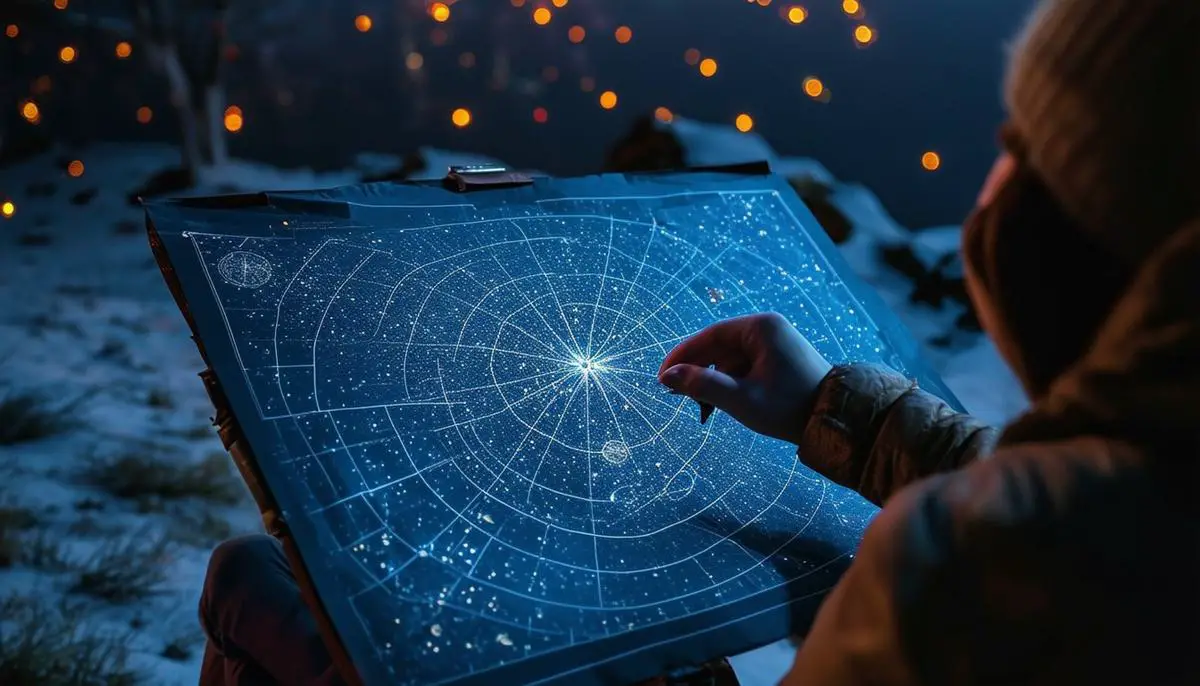Understanding Star Constellations
Star constellations are groups of stars forming recognizable patterns in the night sky. Ancient civilizations connected these patterns to mythological figures and stories, while modern astronomy relies on them to organize the night sky into segments for easier study and location of astronomical objects.
The International Astronomical Union (IAU) plays a key role in defining and maintaining the boundaries of the 88 official constellations. These boundaries are precise coordinates that astronomers use to pinpoint locations. Stars in a constellation aren't necessarily close to each other in space; they might look grouped from Earth's perspective but can be spread across vast distances.
The process of forming constellations relies heavily on observational alignment. Stars generally follow set paths due to Earth's rotation and orbit, creating static yet compelling patterns in the sky. The IAU's role includes naming new constellations, blending scientific precision with historical acknowledgment.
Understanding constellations extends beyond visual identification. Each constellation is a segment of the night sky, marked by the IAU, which helps astronomers map celestial objects precisely. By pinpointing constellations, one can travel back in time, observing the sky as ancient mariners once did, connecting the present with the vast legacy of human curiosity and exploration.
Notable constellations include:
- Orion, easily identifiable by the three stars forming Orion's Belt
- The zodiac constellations, which lie along the ecliptic plane and have impacted calendars and horoscopes
Constellations also play crucial roles in modern research, helping astronomers study variable stars, monitor exoplanets, and map interstellar objects accurately.1

Photo by actionjackson801 on Unsplash
Using Sky Maps and Charts
For enthusiasts eager to explore the night sky further, utilizing sky maps and charts can elevate the stargazing experience. These tools, both traditional and digital, offer invaluable assistance in identifying celestial objects, tracking their movements, and understanding the universe's intricate dance.
Interactive tools like the Heavens Above-powered Interactive Sky Chart serve as modern celestial compasses. By inputting your location, the chart creates a real-time, customized map of the night sky, including:
- The Moon
- Visible stars
- The five bright planets
With features like changing the horizon view, showing or hiding constellation lines, and displaying deep-sky objects, this tool adapts to your needs. The mobile-friendly interface ensures you can carry this powerful tool wherever your stargazing takes you.
The Posterhaste Star Map offers a unique, personalized touch. By leveraging the HYG database, it creates an accurate star map for any date and time, making it perfect for commemorating special occasions. Customers can customize the map's color, framing, and exact celestial configuration, resulting in a sophisticated gift that marries personal significance with astronomical precision.
By customizing these tools, users can track celestial events such as:
- Eclipses
- Meteor showers
- Planetary alignments
The time travel function in sky observing apps allows users to observe past and future sky configurations, deepening their understanding of how the sky evolves nightly. Interactive apps also offer event notifications, enabling stargazers to plan their observations around significant astronomical phenomena.
These tools aid in visualizing and understanding the sky's constant motion. Given that the Earth's rotation causes stars to rise and set around Polaris, the North Star, these apps illustrate this motion, making celestial navigation more intuitive. By highlighting changes in star positions due to Earth's orbit, they provide insights into the annual shifting of constellations.2

Sky Observing Apps and Tools
Sky observing apps and tools have revolutionized the way we engage with the night sky, providing an array of features that cater to various levels of expertise. From free, beginner-friendly options like Sky Map to more advanced choices like SkySafari 7 Pro, these applications offer powerful capabilities for anyone interested in astronomy.
Sky Map, a standout for novices, is a free app available on Android. Designed with simplicity, it helps users identify stars, planets, and constellations. Its minimalist interface includes a dark mode to protect night vision, making it suitable for stargazing without light interference. Its time travel function allows users to explore historical and future sky configurations, providing a deeper understanding of celestial movements.
For users seeking more advanced tools, SkySafari 7 Pro stands out as a premier choice. Available on both iOS and Android, it targets serious astronomers and astrophotographers. Featuring a vast database of celestial objects, telescope control capabilities, and high-quality planetarium services, it is ideal for those looking to immerse themselves in astronomy. However, its large download size and steep learning curve mean it may not be suitable for casual users.
PhotoPills is another app specifically designed for astrophotographers. It offers extensive planning tools and AR features that assist in capturing the perfect night sky shot. Its community sharing aspect allows users to collaborate and share tips, enhancing the overall user experience.
For Apple users, Night Sky 11 presents an intuitive and visually appealing option. This app combines AR overlays with a user-friendly interface, making it accessible for both beginners and advanced users. It adjusts for light pollution and provides detailed celestial information, although it requires a premium membership to unlock its full range of features.
NASA App provides a unique blend of educational content and real-time updates on space missions, making it perfect for space enthusiasts. Its comprehensive information and multimedia content, including NASA TV and an ISS tracker, offer a rich experience for those interested in space exploration.
Among the apps that emphasize realism, Stellarium Mobile Plus offers a comprehensive star and object database, coupled with stunning visuals. Available on iOS and Android, it provides realistic star maps and detailed information on celestial objects. This app is favored by users seeking a visually immersive stargazing experience.
For newcomers to stargazing, Star Walk 2 offers an easy setup and AR overlays that enhance the educational aspect of stargazing. Its satellite tracker and visual overlays make identifying celestial objects straightforward, although it lacks advanced features like telescope control.
SkyView, with its low-cost and informative features, offers detailed descriptions and an interactive star map. This app excels in educating users about different objects and constellations.
Another strong contender is Star Chart, which distinguishes itself by being completely free and available on iOS. While its design is basic compared to premium apps, it covers fundamental stargazing needs effectively, making it a great option for budget-conscious users.
Sky Tonight, emphasizing AR, provides a visually engaging way to track stars and planets. This app is ideal for both beginners and those who appreciate AR features.3
In essence, star constellations are intricate tapestries of culture, history, and science. By using modern tools like stargazing apps and sky maps, anyone can appreciate these stellar patterns that connect us to both our past and the broader universe.
- Ridpath I. Astronomy. London: Dorling Kindersley Limited; 2018.
- Consolmagno GJ, Davis DM. Turn Left at Orion: Hundreds of Night Sky Objects to See in a Home Telescope – and How to Find Them. 5th ed. Cambridge: Cambridge University Press; 2018.
- Monks N. Best stargazing apps for looking at the night sky. T3. https://www.t3.com/features/best-stargazing-apps. Published March 31, 2023.
![]()
